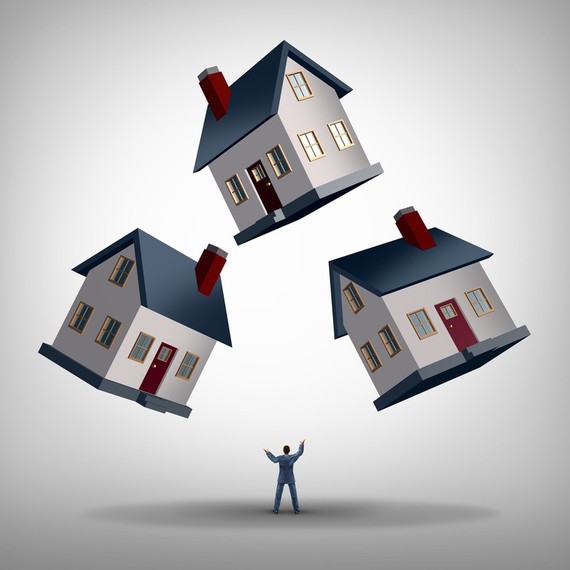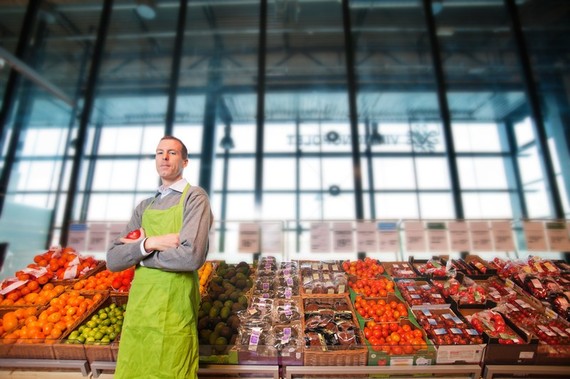
RealtyTrac.com has just released their annual house flipping report for 2015. The report showed that 179,778 single family houses and condos were flipped in 2015. This accounted for 5.5% all home sale transactions that year. This was up from a 5.3% share of sales in 2014.
For this report RealtyTrac counted a flip as "defined as a property that is sold in an arms-length sale for the second time within a 12-month period based on publicly recorded sales deed data collected by RealtyTrac." The data was collected from 950 counties accounting for more than 80% of the population.
The trend indicates that there is a larger number of smaller investors doing fewer flips each. The total number of investors who completed at least one flip was the highest since 2007. However, the average number of flips per investor was at the lowest level since 2008. This is interesting and in a way gratifying. I would hope that my work in educating new investors has helped more of them to get started and successfully flip houses.
This is also interesting because opportunities for flipping aren't as plentiful or easy to locate as they have been in the recent past after the market crash. These newer and less active investors are obviously doing their homework and due diligence. Some performance numbers from the RealtyTrac report show it:
• Homes on average were purchased at prices 26 percent below estimated market value.
• The homes were sold at an average 5% premium over estimated market value.
• The average gross profit per flip was $55,000, a 10-year high.
• The average was down to 1.63 flips per investor.
These are conservative numbers, and that's not a bad thing. When new investors are jumping into the market and prices are rising, there will be fears of over-speculation. However, these conservative margins tell us that they're being careful and profitable.
I think that we'll see even more new investors in 2016, and that there will be a low number of transactions each on average. There are a number of reasons. Of course there has been plenty of promotion of flipping, with TV shows all over. The gyrations of the stock market, ho-hum job markets, and a generally slow economy have definitely been contributors to more interest in real estate.
It's not unreasonable for us to believe that all of the promotion and exposure on real estate investment and house flipping has been a part of these numbers. However, we should also be happy that there has been enough good solid education in how to do it right that we're seeing this success data. I hope we'll build on the new investor interest and keep them successfully growing their businesses.
from
http://www.huffingtonpost.com/dean-graziosi/flipping-houses-on-the-ri_b_9541018.html
